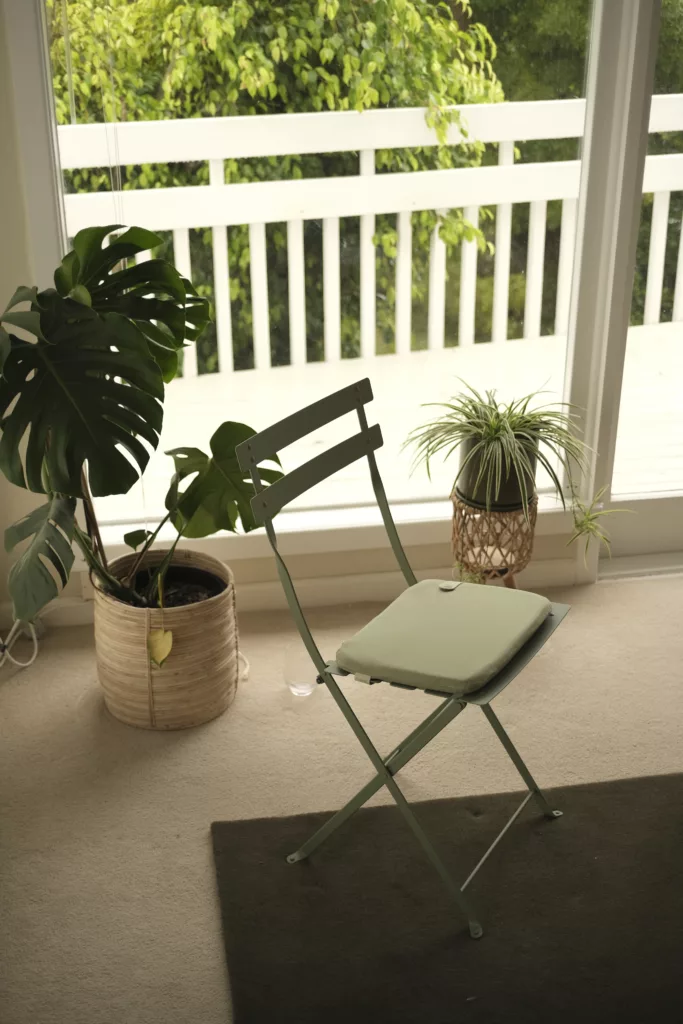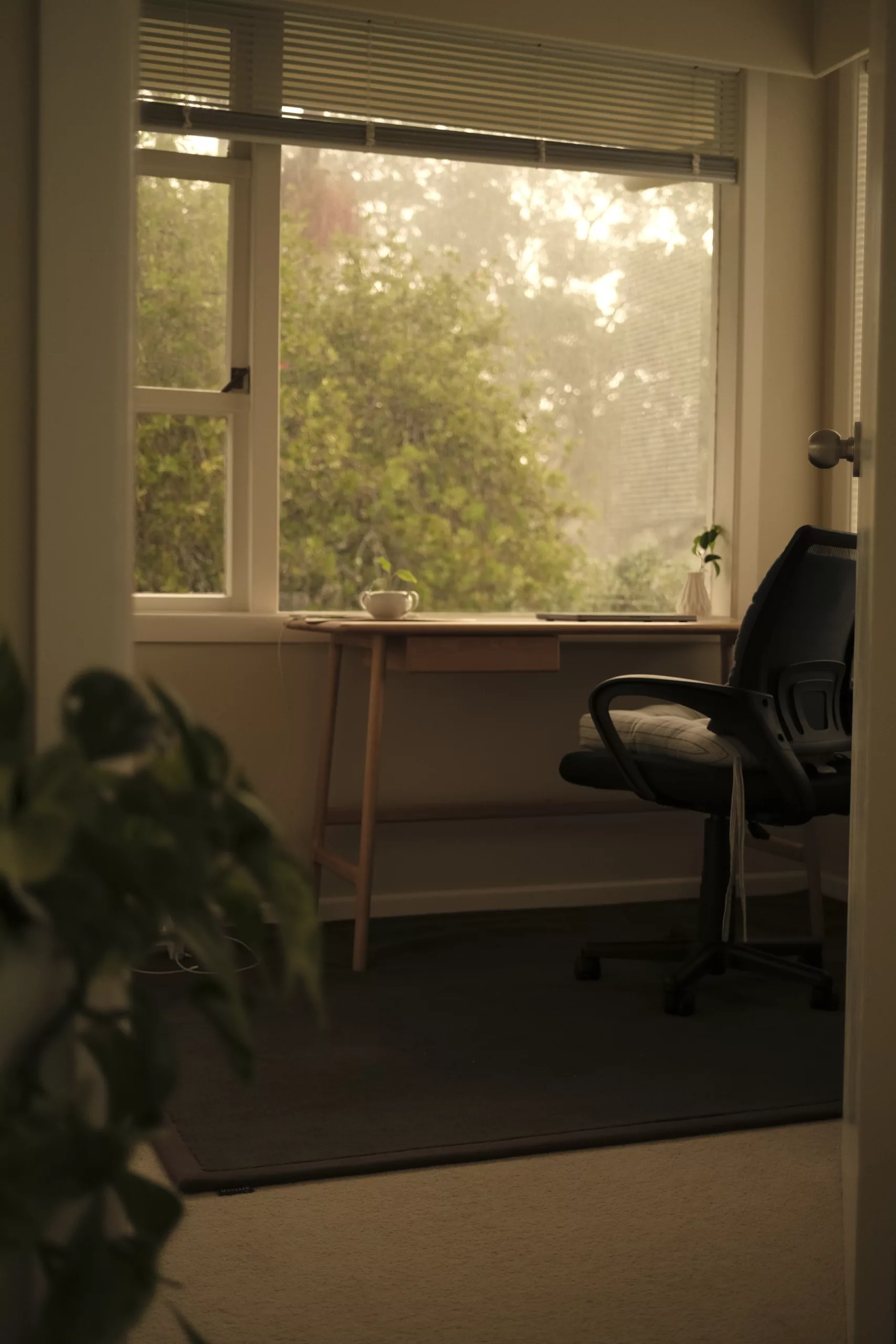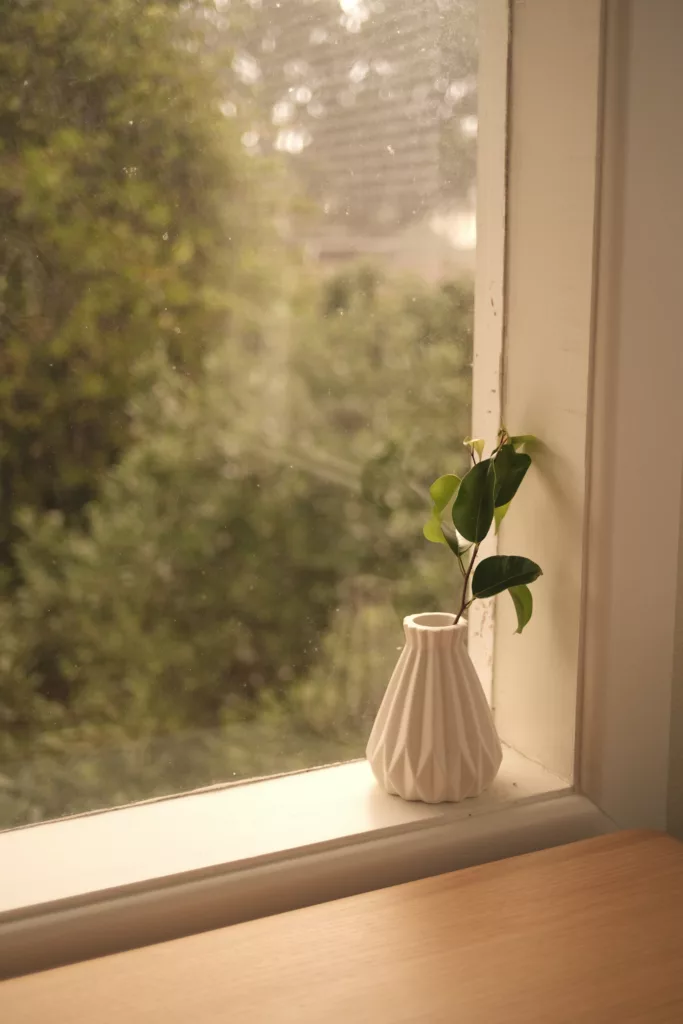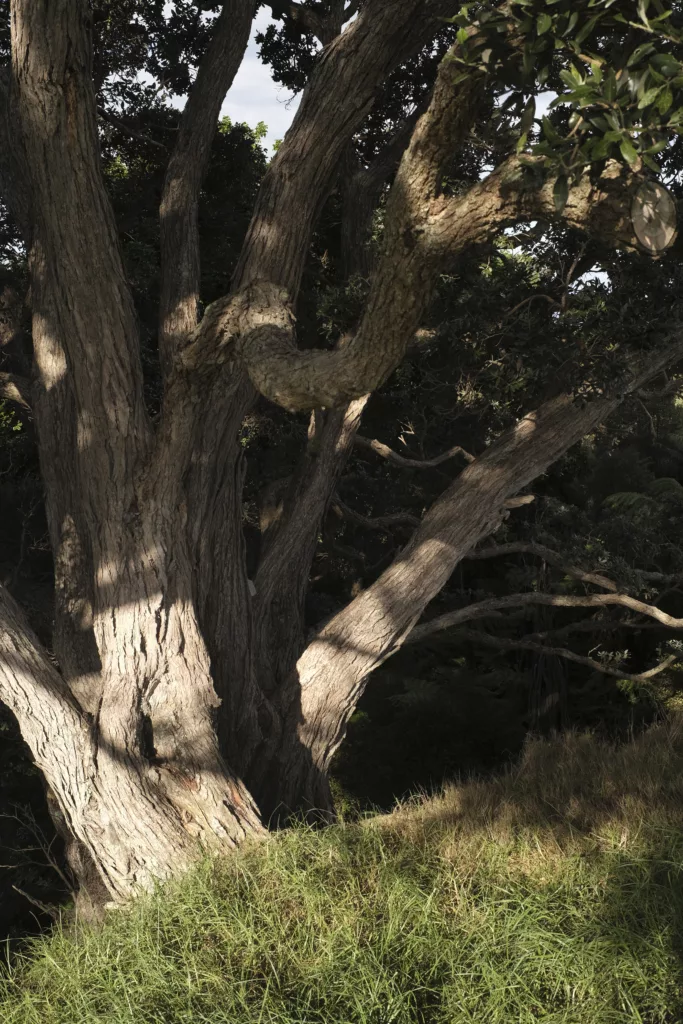I am a big fan of Fujifilm. It started with my curiosity to find out why Fuji photographers showcased it openly as their gear of choice. Undoubtedly, the 'Fuji look' in their photos was hard to ignore: a certain type of colour rendering, shadow fall-off, aesthetic ready-to-use JPEGs, and, of course, taken from vintage-inspired-stylish camera bodies. Glad I made the switch to Fujifilm six years ago.
Rewinding back to 2016–17, I used to be fond of Carl Zeiss's classic line of lenses: the Planars, Distagons, and Sonnars. A unique character in the colour rendering, coupled with the famous Zeiss 3D pop in their images, convinced me to invest in them over native Nikon lenses; even at the cost of foregoing the convenience of autofocus capabilities.
Lens: the average, the good, and the special ones
Let's face it. In today's age, it is hard to find a bad lens. The majority of them are decent, which means that they meet the optical requirement to capture a scene as intended. They come at an affordable price tag, like kit zoom lenses or economical primes. I call these average lenses. Then, there are the good ones: better optics, a larger aperture, better build quality, etc., all coming at a higher price. This, if you compare the returns over the long term, might well justify the extra spending. The clinical, no-nonsense lens. I have somehow conveniently managed to bypass this category though.
What I have always been interested in were the special ones. They are manual focus lenses, which exhibits a bit of character in their images, and build quality oozing of precision & cutting-edge engineering. They often have a price tag, which is hard to justify. This is the opposite of sound financial advice. These may not give the desired returns even if you are a professional photographer, because, let's be honest, nobody in their right mind would be shooting professional assignments with manual focus lenses. Maybe the constraints are part of the appeal.
Voigtlander from Cosina certainly falls into the latter category. I have dreamt of owning Voigtlanders for a long time. The need to adapt it to Fujifilm mount was one of the main reasons why I stop aspiring for one. Using adapters to fit lenses from other mounts, however good those lenses may have been, come with disadvantages. I had to sell some of the Zeiss for this reason. The colour reproduction from native Fujifilm X-mount lenses are on par with many of my Zeiss favourites. Among the good Fuji lenses, there is one that particularly stands out. I still remember fondly how special the 16mm f1.4 Fujinon felt for the first time. This wide angle lens would not leave my camera for many months. Sadly, it has given way to an almost-unusable amount of fungus now.
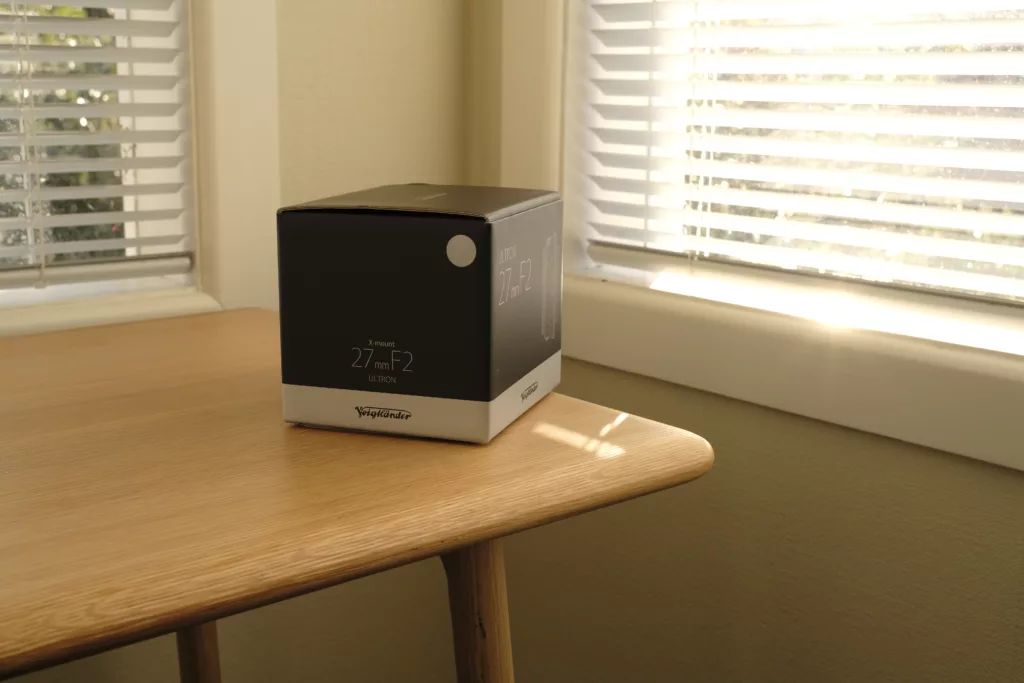
Enter Voigtlander 27mm f2 with Fujifilm X-mount. Expensive, but it was hard to resist. The focal length seemed like the perfect measure for me. Not too wide, nor the boring image compression found in the crop-sensor 35mm. 27mm for crop sensor feels life-like when shot from waist-level. This makes it a great all-around lens for documentary, street, landscape (albeit with a unique perspective) and portraits (with a difference). Having shot using the first version of Fujinon 27mm f2.8 for the last few years, I have grown to love the perspective but always felt let down by its inability to deliver better optics. Every time I take this lens out, I am always trying to find adjectives for the nature of rendering.
Some sample images from the first few days of the lens.
